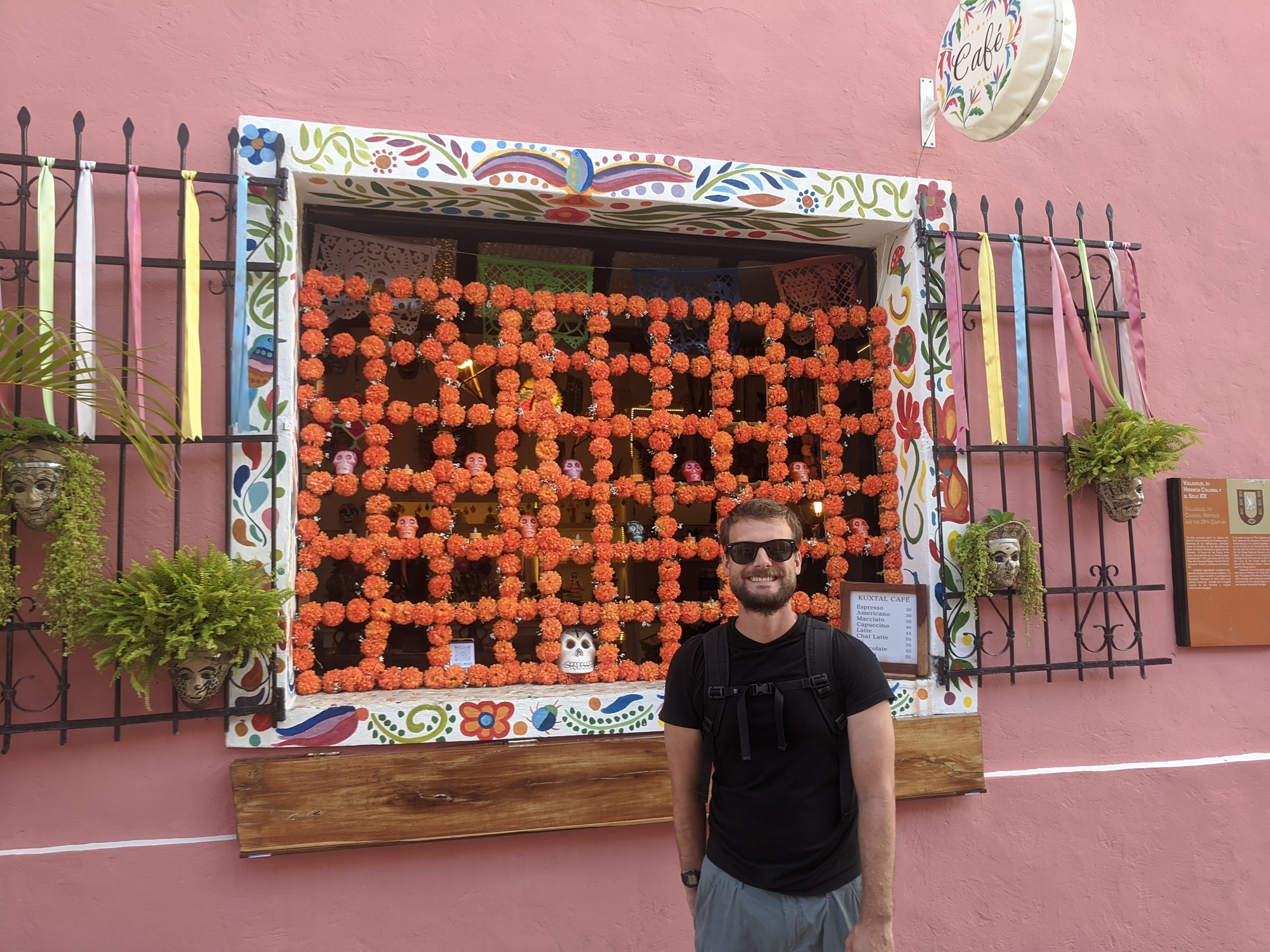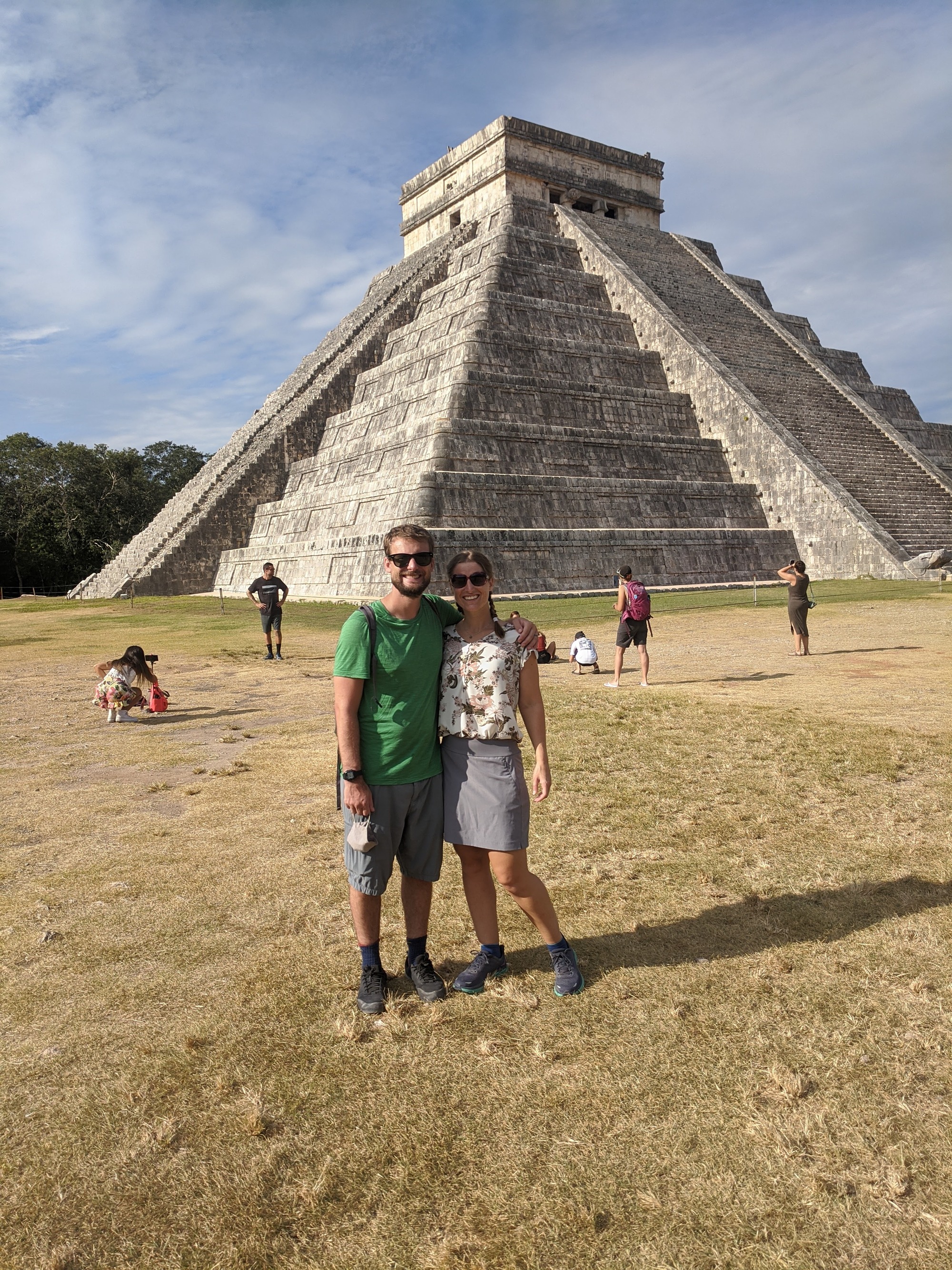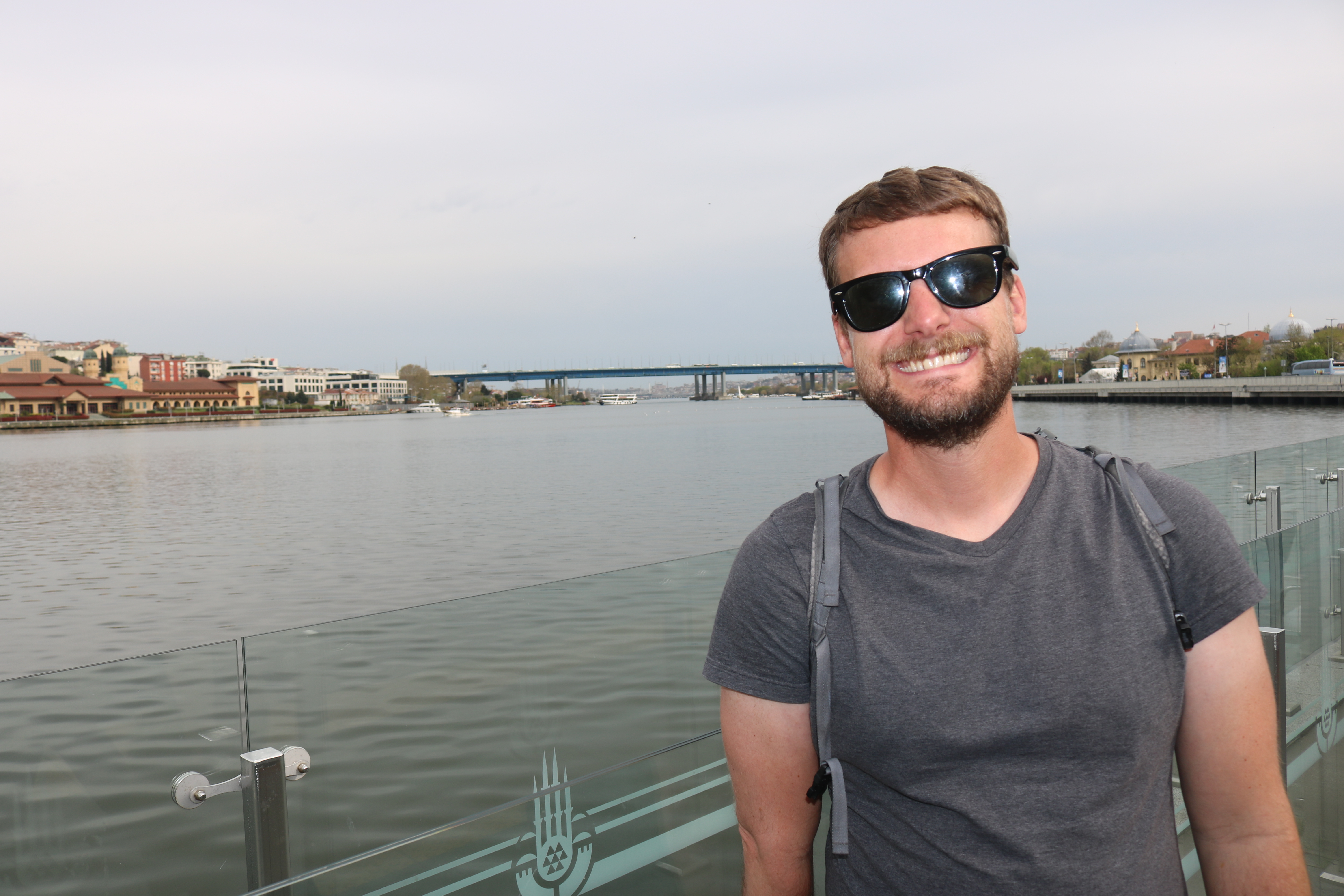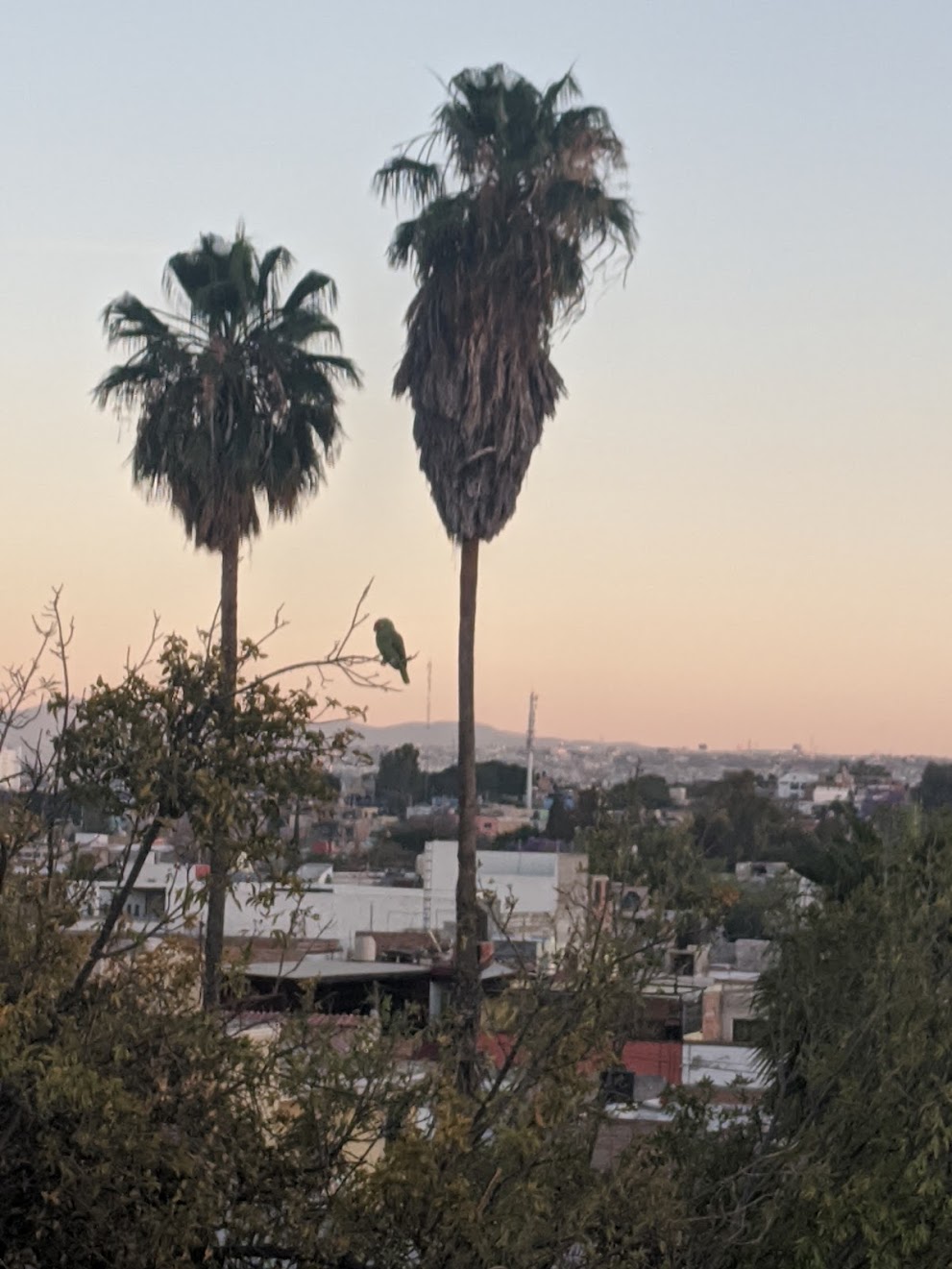
Valladolid
Hi Family! Thanks for following along on our journey.
Photos (no pressure to read if you are just here for the photos)
Valladolid is a quaint and welcoming town in the eastern part of the STATE of the Yucatan. It is in the middle of the geographic area I know of as Mexico’s Yucatan Peninsula. It was first a Mayan town that the Spaniards “repurposed” to be their first capital city in the new world. By repurpose I mean forced the people of the city to tare down the city brick by brick and then rebuild it in the Spanish style.
The City of Valladolid (or at least the neighborhood we were in was really inviting) there were several older people who would wave to us every day. On one day our walk to downtown timed up with theirs and they told us all about their favorite food Cochinita Pebil and how it was made for our whole walk to downtown. Luckily we new the rough idea of how it was made so it was a great opportunity to practice Spanish with someone who didn’t speak English on a topic we already knew about. I don’t get to many of those so I take them when I can get them! I am still HORRIBLE at speaking Spanish, but my comprehension is getting better. Or maybe I am just getting better at tourist charades and context clues. Randi’s Spanish classes and more consistent practice seem to be helping her, but we are still a bit of a mess.

While in Valladolid we did a bee farm tour. It was really cool to see all the different types of bees that exist in central America that I don’t remember from Ohio, North Carolina or Colorado. There are kleptomania bees that steal other bees honey. Hermit bees that live by themselves. As well as a few kinds of bees that live underground, or in logs on the ground. Really makes me want to tour a bee farm when I go to the states!
We got to stay with a really great host in Valladolid. He is an English teacher at a local high school, but also a tour guide, airbnb host, musician, green thumb, and world traveler. He was able to give us great recommendations and take us to some awesome cenotes. You will see him, and his back yard garden in several of our photos this week! Randi’s dad and I spent more then one afternoon taking in all the different trees and plants he was growing on his property!
A cenote is an underground level pool of water. They are caused because limestone is porous and water will seep through it over time. The “Geology and hydrology” of the wiki page has a bunch of explanations of how they are formed and filled if you are curious. The Yucatan has no standing rivers so for early people it was the only source of water. Yucatan is pretty hot, average high in the winter is ~85F. In the summer it is high 90s and humid. Imagine a 100 degrees day in the 1100s. It is Humid as Florida and there are a few travelers wondering around, They have been traveling for a few days when they see a cave entrance. Their rationed water is holding out, but the rations are tight and they can’t really afford to keep pushing in the heat of the day so they decide to enter the cave and wait out the heat for a few hours. As they enter the cave they spot a small path heading down. Timidly they follow the path weapons drawn. After a 100 yard walk they see light in the cave, it opens up to a pool of perfectly clear fresh water. It’s hot outside, but this water is a cool 73 degrees. The feeling of filling up your water bladders, bottles, and stomachs must have been amazing. Laying down in cool calm water and really cooling down must have just been other worldly.
The BIG touristy thing we did in Valladolid was check out Chichen Itza. Chichen Itza is a Maya city located near Valladolid. The city was founded ~400 AD and had a population was ~50k people, most of the structures were made of wood, which have since disappeared to the elements, but the stone structures are still in place, and they are IMPRESSIVE. Most of the stone structures were build for religious, sport, science, or economic uses. My personal favorite was the observatory which was built for stargazing. The tree cover there is pretty dense so the observatory was built to be above the trees and had a few stones that only allowed light to pass through them on 2 days a year so people could make sure their calendars were set correctly. The Maya people were very good at building to match celestial events. Kukulcn temple, the main building in Chichen Itza, has 3 sides with 91 steps representing 4 quarters of the year with one platform on top totaling 365 steps, or 365 days. Twice a year the shadows of the building make a snake. The shadows also could have been used to signal other things like start of planting or harvesting season.

Chichen Itza was a bit of a zoo with tourists and vendors everywhere selling all kinds of things like jaguar growler whistles and small versions of all the landmarks. Seemed like it was a pretty symbiotic relationship though, but the sound of jaguars growling all the time seemed to frustrate Randis dad by the end of the day.
Randi Highlights
- The small town charm of Valladolid
- Successful completion of Chichen Itza with Dad
- Cenote adventuring with our Airbnb host as our own personal tour guide
- First (of many) churros!!


